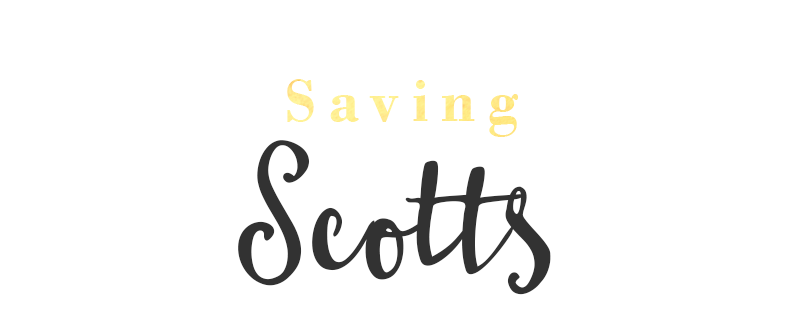Debt has huge negative impacts on quality of life. Almost half of those in debt find it negatively affects their health. Whilst 2/3 find it affects their ability to perform their job.
With an new year here, why not take the challenge to work towards eliminating debt from your life. Paying off debt can feel overwhelming and it can be hard to know where to start. Follow these 5 steps to becoming debt free to help you along the journey. They are not an instant solution but guidance on your journey of paying off debt.
Know your situation.
You may owe money here and there, but it is important to have a clear understanding of your financial situation. Create a list of all you creditors, how much is owed to each, what the interest rate is and how much the monthly balance is. Doing this allows you to see the whole picture and understand what you have to payoff.
Make a plan.
Now you know how much you owe and to whom, it is time make a re-payment plan. Do you have a variety of interest rates or are they all very similar (or even 0%). If there is a large difference between interest rates then priorities the higher interest rate debts first. If there is little difference then work from smaller to larger debt.
A mixture of these two approaches should allow you to determine the order you pay off your debt. Next you need to break them down into manageable payments. When focusing on a debt, remember that you still need to be able to make all the other monthly payments for the other debts as to avoid going into arrears. For example you may have a credit card debt of £1200 and be able to put £400 towards debt each months but other debts mostly payments equal £100 so you are able to put £300 towards that credit card allowing you to pay of that debt in 4 months.
Implement changes. So you have your plan, now its time to make it a reality. First off stop accruing any more debt, that means stop using those credit cards. If its not in you bank account it cannot be spent. This will mean making cut backs, but that is part of this process of discerning between needs and wants. If you find this a challenge put the credit cards in a place where you won't use them (or cut them up). Use the cash envelope method (either physically or via a debit card) to keep spending under control and track all of your spending. Remember that once the cash is gone, thats it for the month. This can really help if you have a habit of making impromptu or splurge purchases.
Cut back spending. So you've stopped accumulating more debt, now its time to look at where else you can cut back on in your budget. Look at luxuries such as cable TV and dining out and see what options for cutting back are available. For utilities and insurance providers it may be worth doing a comparison with supplies to see if you are getting the best deal or if it would be better to switch. These sort of big change will usually only happen once in the process so remember to always be on the look out for littler changes that can reduce your spending such as turning down the heating or taking a packed lunch to work.
Increase your income. Look for ways to bring in more money. This could be taking on a part-time second job or casual work such as babysitting or dog walking. You may start up your own business selling goods such as on Etsy. Increased income may come from your current job by working overtime or selling off holiday hours. Apply this extra income to the debt reducing process to help speed things up.
Getting out of debt is by no means an easy feat but the freedom it brings into your life when you succeed is immeasurable.
If you are new to our blog, we are all about finding new ways for students and millennials to make and save money. Here are some of our favourite sites and products to help you out:
______________________________________________________
If you are new to our blog, we are all about finding new ways for students and millennials to make and save money. Here are some of our favourite sites and products to help you out:
- Start a blog. Blogging is our side-hustle just over a year ago we didn't think I would bring us any income . You can create your own blog here with my easy-to-use tutorial. You can start your blog for as low as $3.49 per month plus you get a free domain if you sign-up through my tutorial.
- Save money with gift cards Whether its for buying clothes, your weekly shop or dining out use Zeek to buy discounted gift cards to get more bang for your buck.
- Use Swagbucks for your online searches. Swagbucks is a passive way to earn gift cards. Over the course of a year you could earn $500. Swagbucks is just like using Google to do your online searches, except you get rewarded “points called SB” for the things you do through their website. Then, when you have enough Swagbucks, you can redeem them for cash, gift cards, and more. Receive $5 for signing up today.
- Try matched betting. Matched betting is a great way to may easy money online. Despite the name it is not gambling and could see you earn £500-£1000 a month for only a couple of hours work a day see here and here. For your free trial head to profit accumulator or join the Facebook 'getting started' group.
- Sign up for a cashback site like Quidco. where you can earn CASH BACK for just spending like how you normally would online. The service is free too! Plus, when you sign up through my link, you also receive a free £10 bonus!













